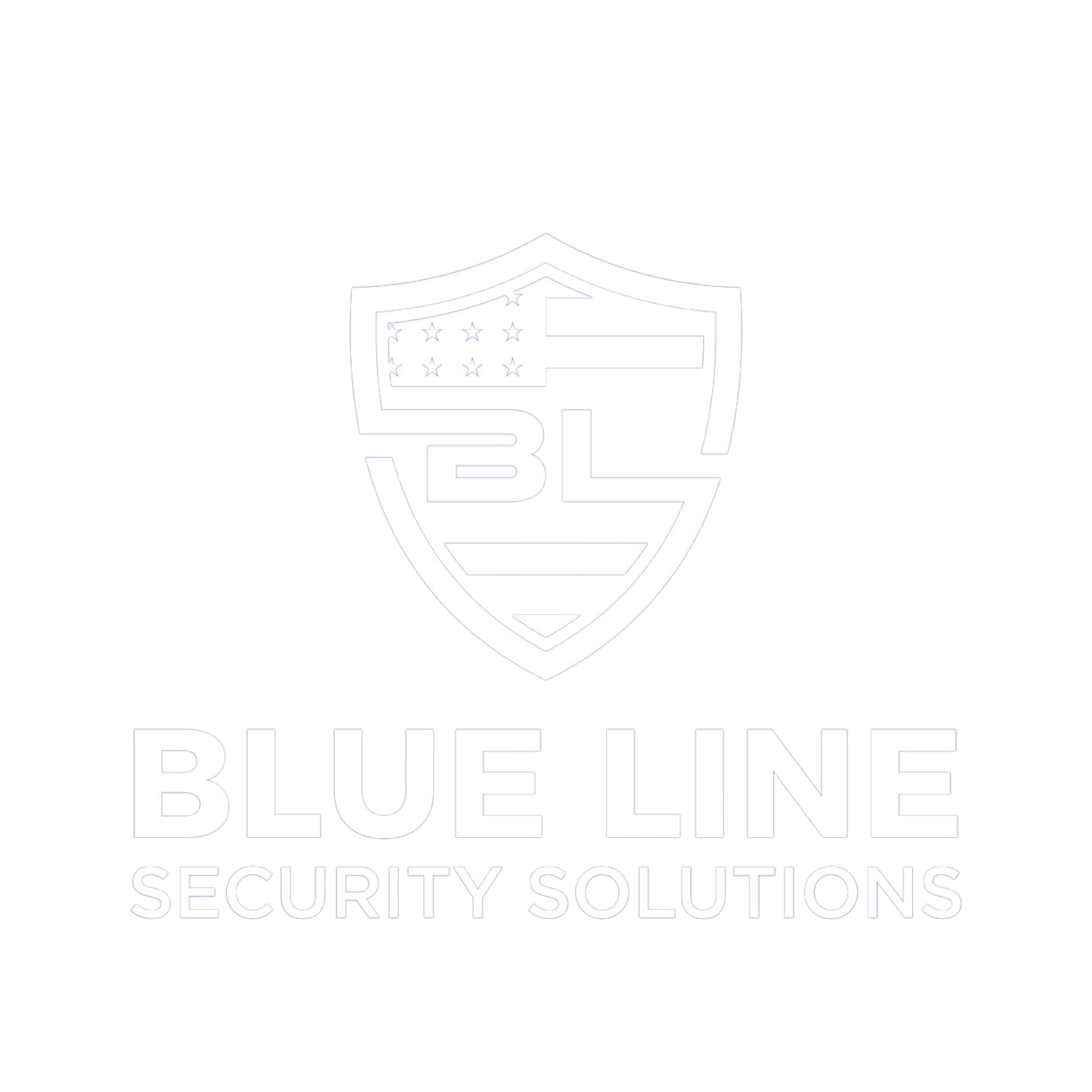The Art of Risk Assessment: Preparing for the Unexpected
The world around us grows increasingly unpredictable and fraught with danger. Rising violence, pervasive fear, and looming uncertainty present a fresh set of challenges for corporations navigating their way out of the pandemic era. To stay ahead of these challenges, organizations must be prepared to face a multitude of risks. A comprehensive risk assessment is not just a strategy to mitigate such risks; it is a tool to fortify business resilience and ensure organizational success. But how do we accomplish this?
Step 1: Adopt a Comprehensive Approach
A holistic approach forms the backbone of a robust risk assessment. It focuses on aligning security personnel, processes, and technology to not only counter potential threats but also strengthen the organization's resilience and long-term success.
Step 2: Understand Your Assets
At the beginning of any risk assessment, understanding your key organizational assets is paramount. These assets fall into three broad categories:
Physical assets: These are tangible assets like infrastructure, facilities, land, cash, raw materials, and finished goods.
Knowledge assets: Intangible assets such as intellectual property, trade secrets, copyrights, patents, marketing plans, expansion or downsizing plans, research, unique capabilities, among others.
Organizational assets: These include both tangible and intangible assets like people, governance structure, and relationships.
The ANSI/ASIS/RIMS RA.1-2015 standard suggests considering the value of an asset within the context of its contribution to achieving the organization's objectives. For instance, a manufacturing plant might have cost $1 million to build, but if it produces goods worth $100 million annually, its value to the business far exceeds its book value. This contextual evaluation should apply to all assets—physical, knowledge, and organizational.
Step 3: Accurately Identify Risks
While most organizations understand the importance of identifying potential risks, they often find it challenging to do so effectively. Risks generally fall into three categories:
Human error: Accidents, mistakes, inadvertent leaks of confidential information.
Malicious actions: Theft, sabotage, espionage, and other harmful actions with intent.
Natural disasters: Unpredictable forces of nature that can cause significant damage.
An ideal risk assessment should provide a clear picture of an organization's current security posture and highlight areas requiring more or less security. It should also reveal misaligned systems that drain resources without yielding benefits. Common issues include surveillance cameras not aligned with their intended targets and security officer post orders not customized to site-specific duties. These are examples of poorly utilized security assets that cost money but fail to detect real threats.
Step 4: Risk Assessment Reporting
The final step in the risk assessment process is reporting. This involves documenting the findings, communicating them to the relevant stakeholders, and developing an action plan to address identified vulnerabilities. A well-structured report helps prioritize risks and guides the allocation of resources for risk mitigation.
In conclusion, as the world continues to evolve in unpredictable ways, comprehensive risk assessments are becoming an essential tool for businesses. They not only help identify and mitigate risks but also ensure business resilience and success. At Blue Line Security Solutions, we understand the importance of being prepared for the unexpected and are here to help your organization navigate this increasingly complex landscape.
